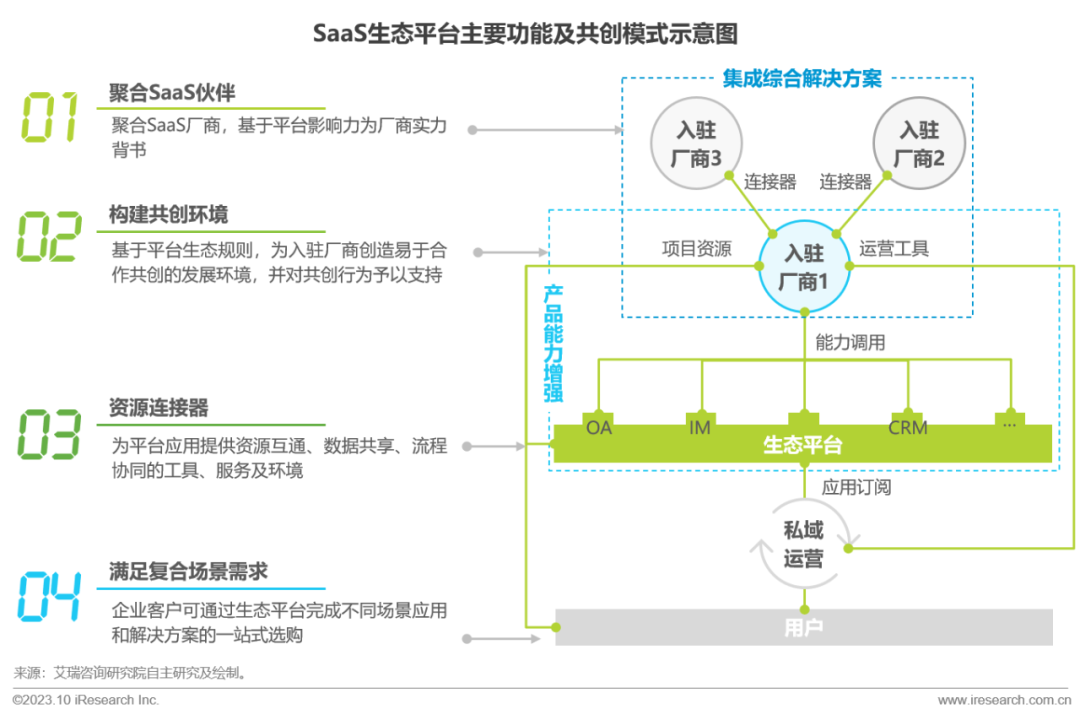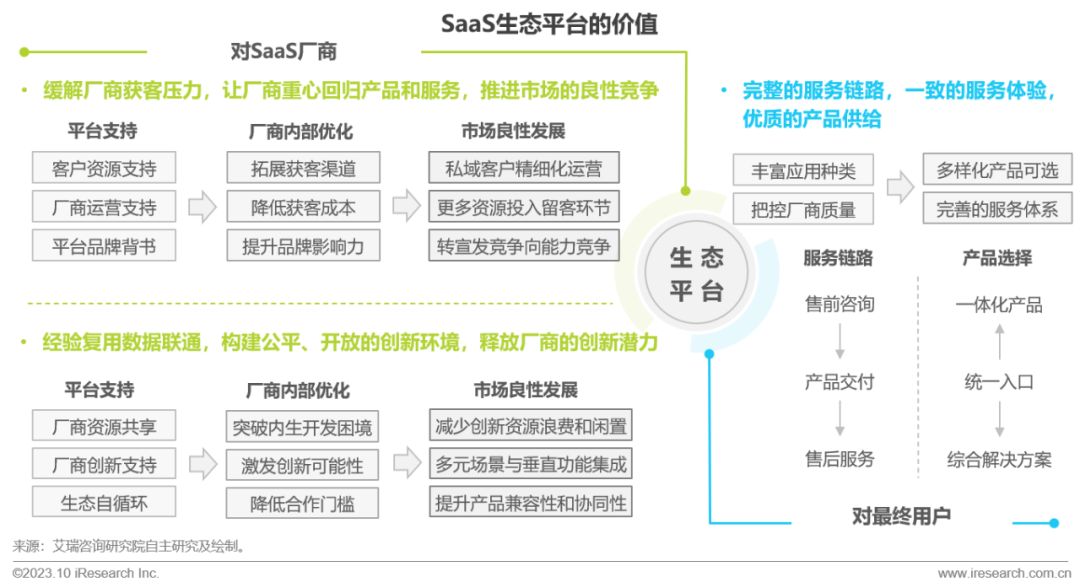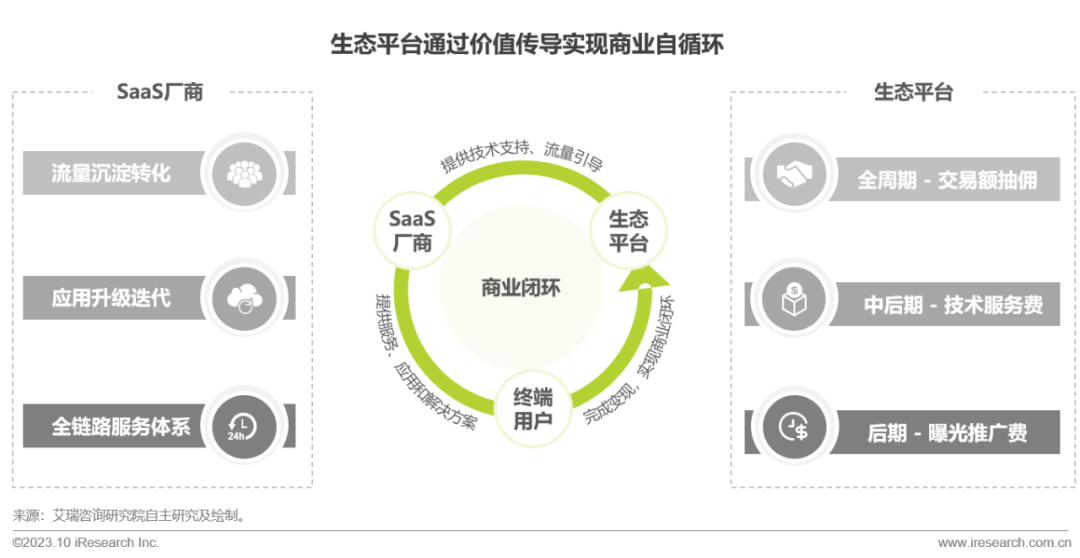At present, China's SaaS (Software as a Service) market has transformed from rapid expansion to steady development, and it is estimated that the market size will reach 120.1 billion yuan in 2024. However, the attitude of the capital market towards SaaS is becoming more and more cautious, and SaaS manufacturers urgently need to explore more “certainty” from “internal operation” and “external development”. IDigital, a subsidiary of AsiaInfo, has drawn up the 2023 White Paper on the Eco-development of Chinese SaaS Manufacturers, focusing on “SaaS Industry”, “Growth and Breaking Points of SaaS Manufacturers” and “Ecological Empowerment”.
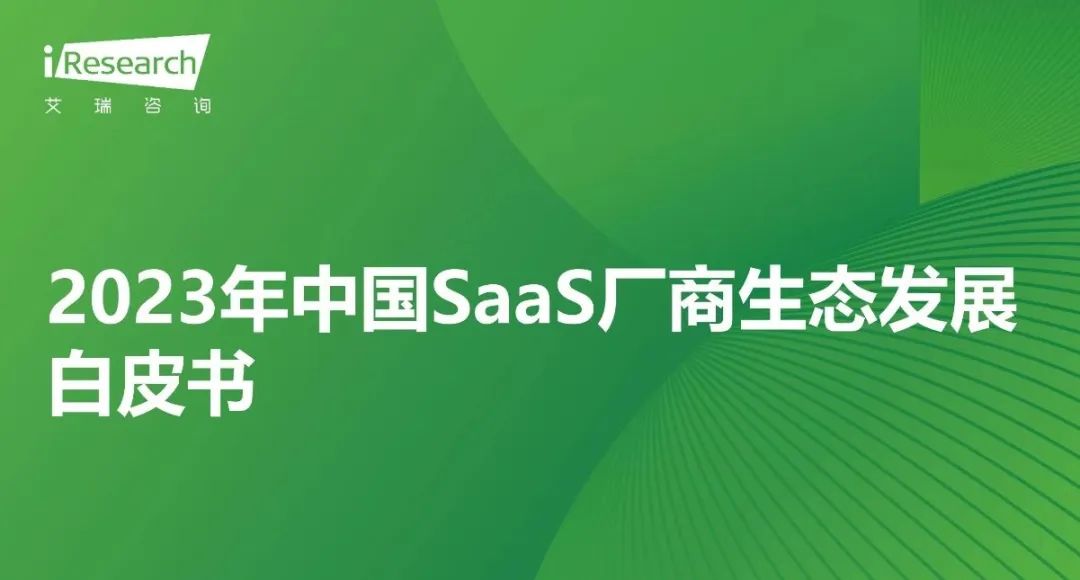
The following is a summary of the White Paper.
01
Overview of SaaS Industry Development
2023,The SaaS Market is Picking up as a Whole
2024,Due to the pandemic, the growth rate of China's SaaS market at the enterprise level has decreased significantly in the last three years and began to pick up in 2023. It is estimated that the market size will reach 120.1 billion yuan in 2024.
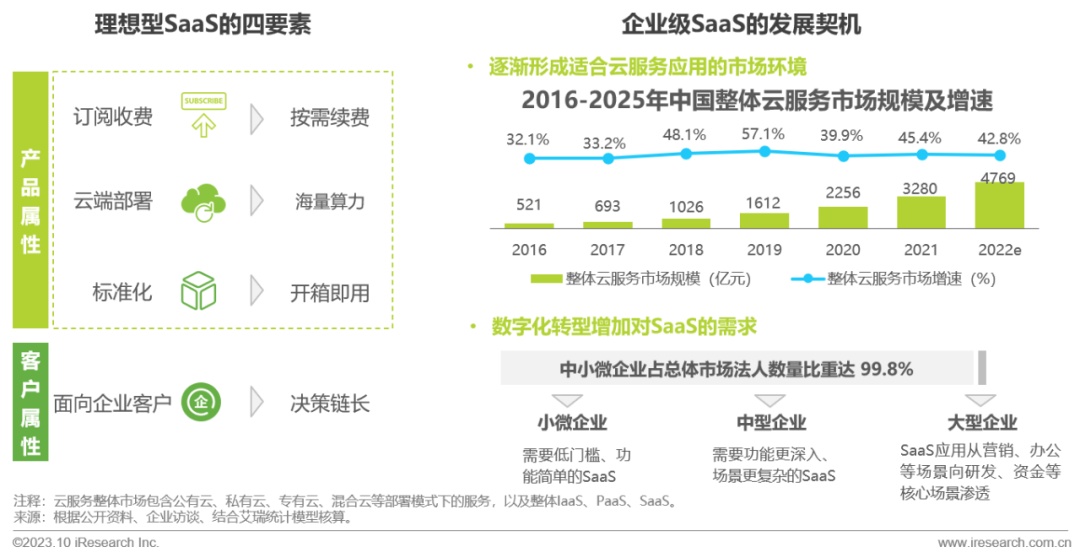
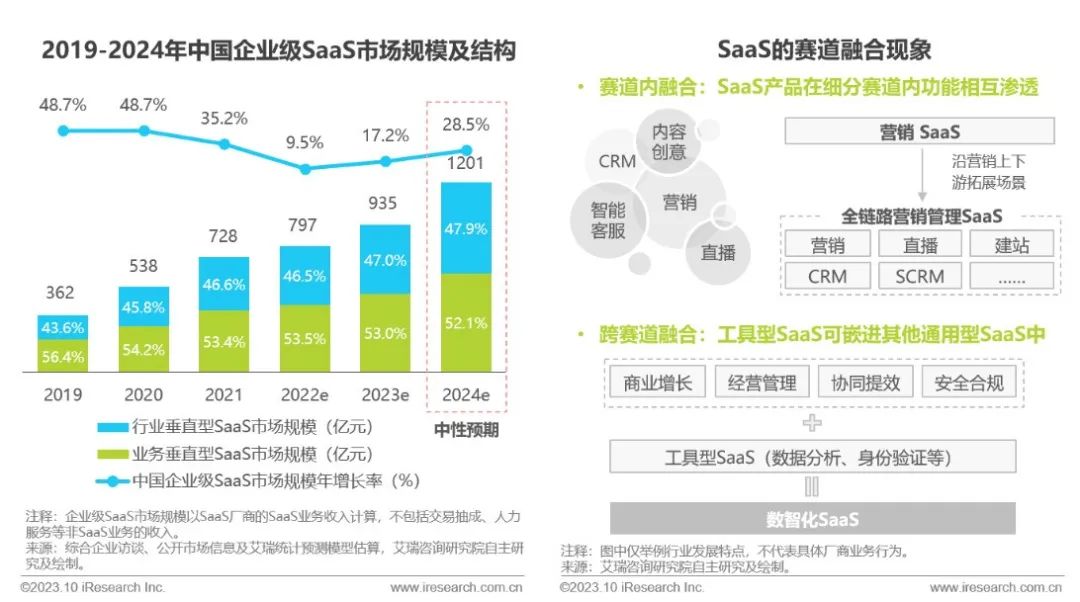
The capital was more cautious about SaaS, which meant that manufacturers should show more “certainty”
From 2020 to 2022, the amount of financing in the SaaS market declined, and the preference of the capital market for SaaS manufacturers shifted from product concept to business model. Mature manufacturers can attract more attention; The financing structures of business-vertical and industry-vertical SaaS enterprises maintained a dynamic balance; The development of the industry-vertical SaaS market was greatly influenced by policies and environment.
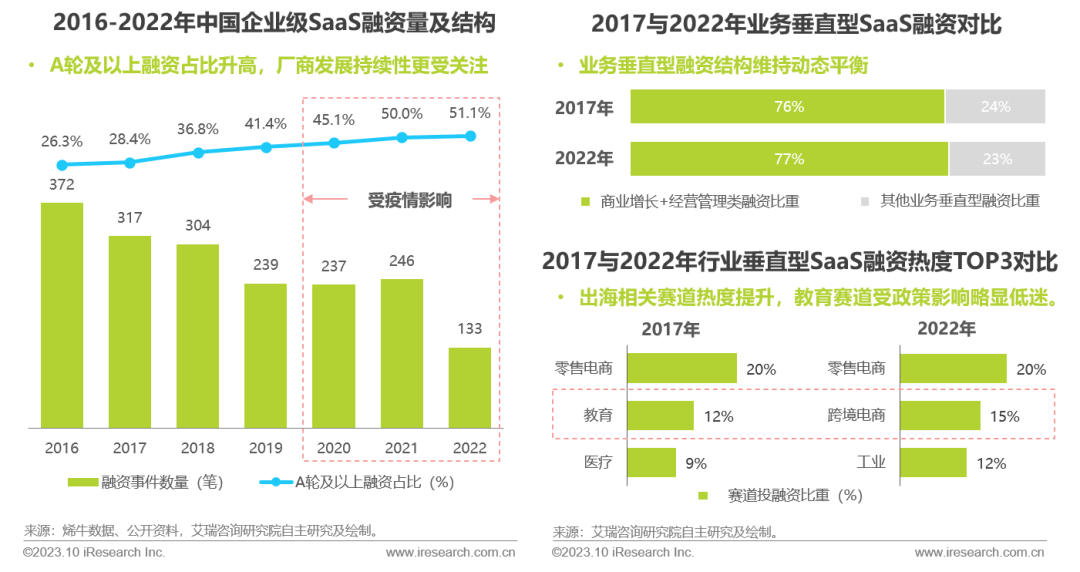
Profits became the anchor point of competition among manufacturers, and “stable revenue” was more important during the economic downturn
According to the market maturity and manufacturers' development stages, the indicators and concerns to measure the health status of SaaS enterprises were dynamically adjusted. It can be found from the financial performance of listed SaaS manufacturers that the risk resistance capacity is still a difficult point for SaaS manufacturers to develop.
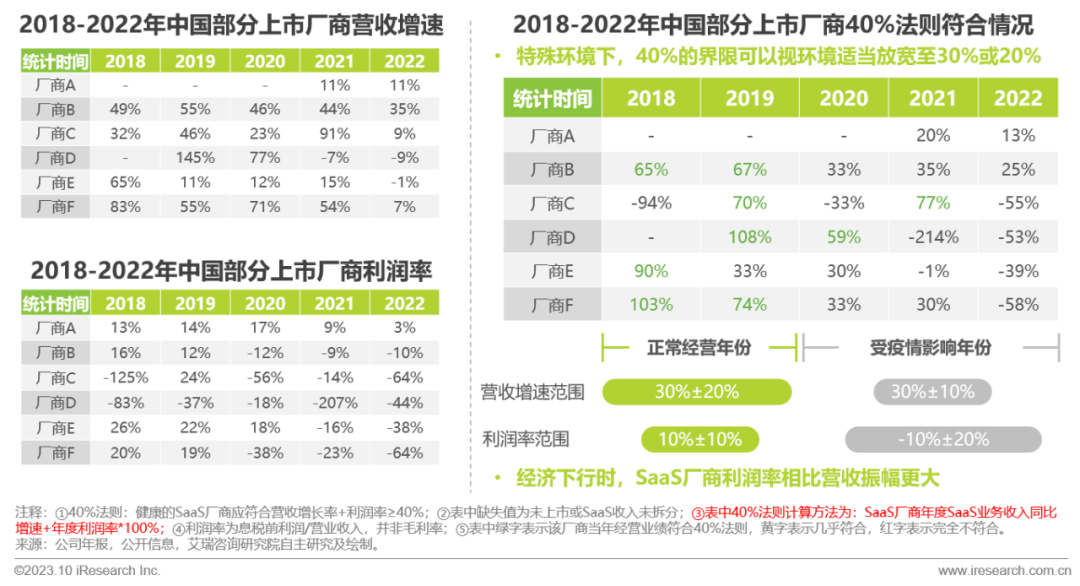
China's SaaS market has entered a relatively mature stage of coordinated industrial development
At present, China's SaaS market presents the following characteristics: (1) Customers' scenario requirements become more concrete, and SaaS manufacturers pay more attention to customers' voices; (2) SaaS manufacturers evolve from “internal operation” to coordinated industrial chain development.
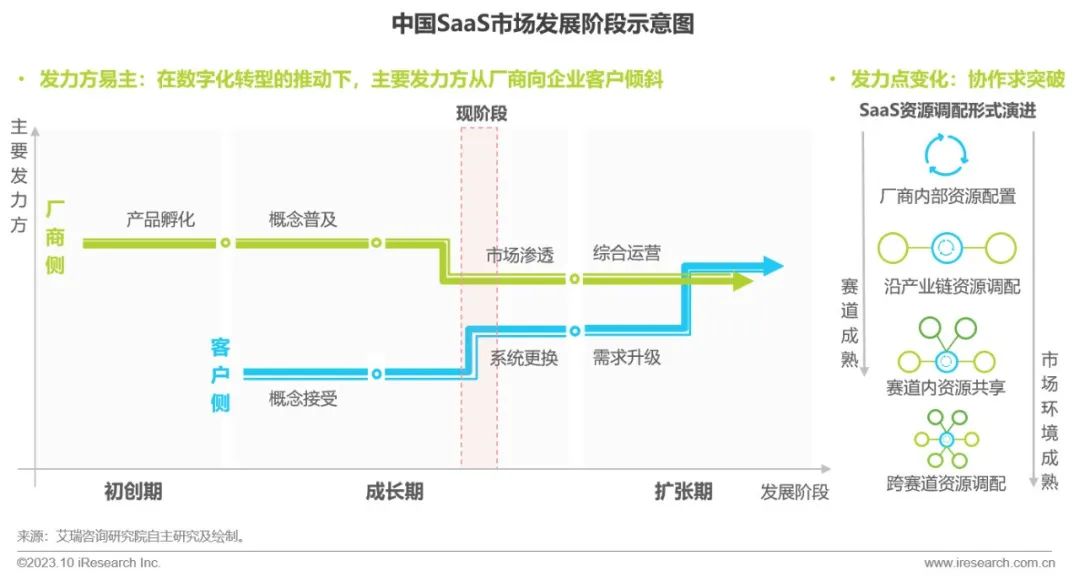
02
Growth Path and Breaking Thinking of SaaS Manufacturers
Change 1: From focusing on KA or SMB to paying more attention to medium-sized enterprises' customers, while deepening up the development of specific scenarios
To seek more certain development, SaaS manufacturers paid more attention to medium-sized enterprises' customers, attached importance to expanding customers in information innovation and social scenarios, and began to focus on lower-tier markets and overseas markets.
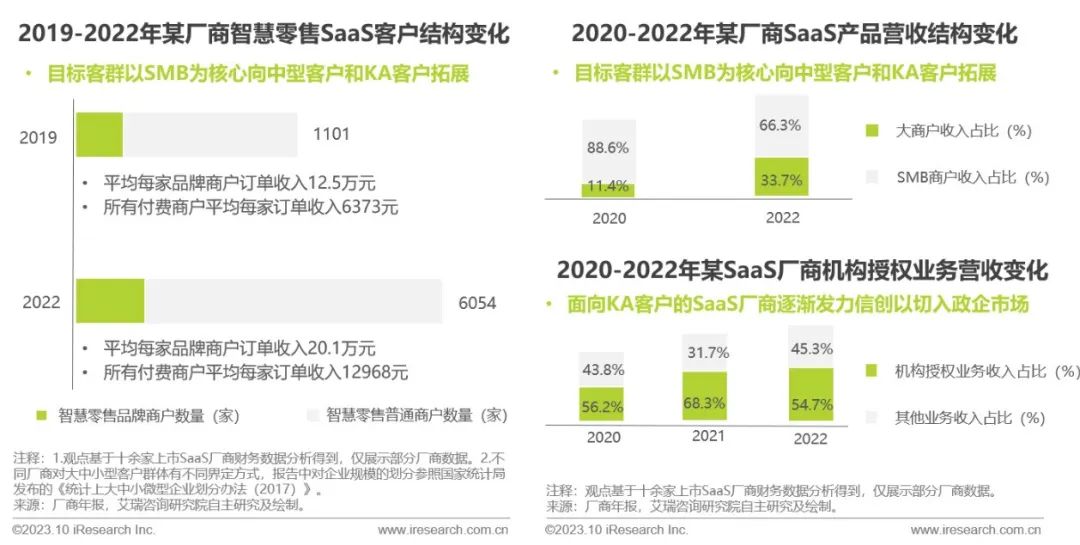
Change 2: From direct sales to multi-channel parallel
To control labor costs and achieve wider coverage, SaaS manufacturers began to decentralize sales channels towards electricity sales, distribution, Internet marketing, and other sale models, while extending the ecological chain, participating in ISV integration, and increasing cooperation with consulting companies.
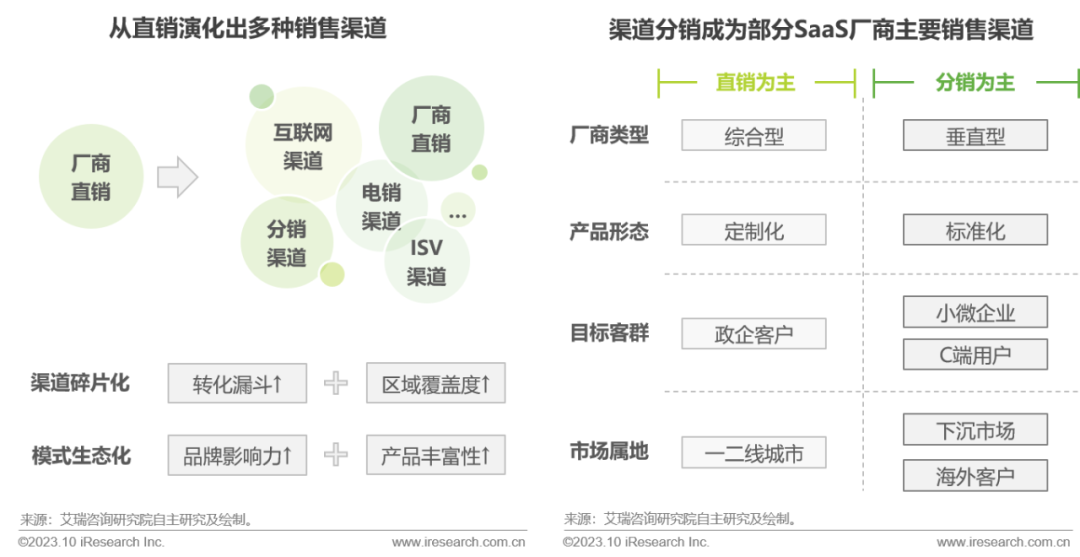
Change 3: From standardization to compatible customization
SaaS manufacturers began to dismantle the standardized infrastructure and build low-code products to meet the customized requirements of customers.
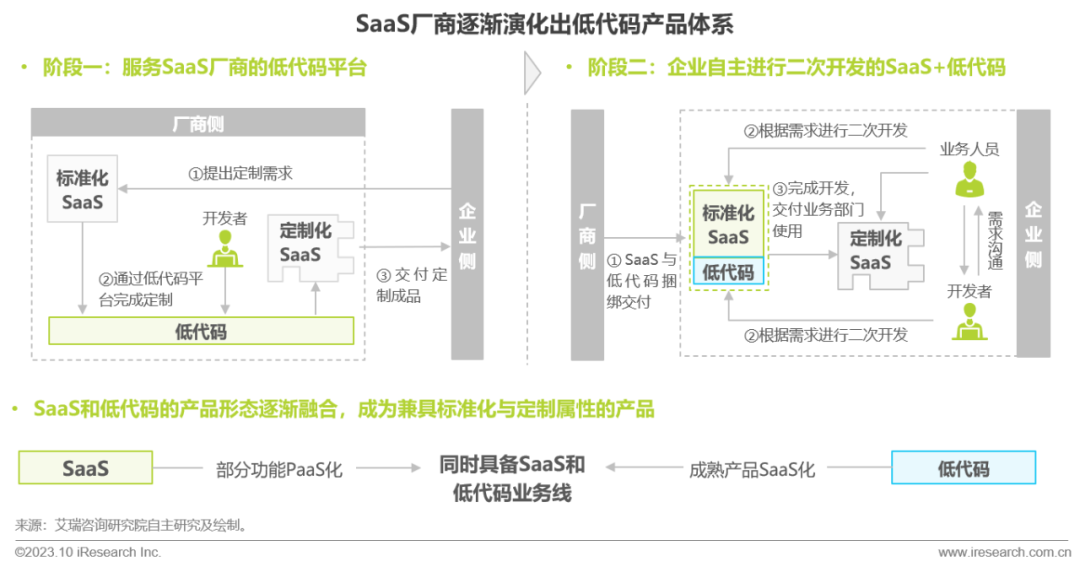
Development Difficulty 1: High cost of acquiring customers
Before SaaS manufacturers have fissile brand influence, their costs of acquiring customers will increase with the development of the industry and themselves.
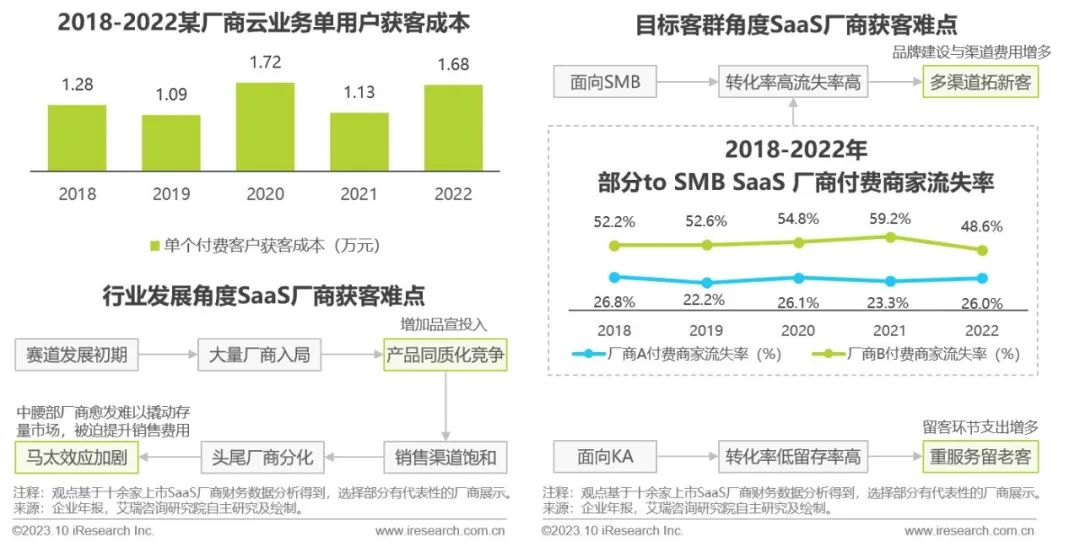
Development Difficulty 2: Unclear service positioning
To improve the retention rate of users, SaaS manufacturers should improve the refined operation level and constantly adjust their focuses on services and R&D, but this led to the increasingly blurred positioning of enterprises. 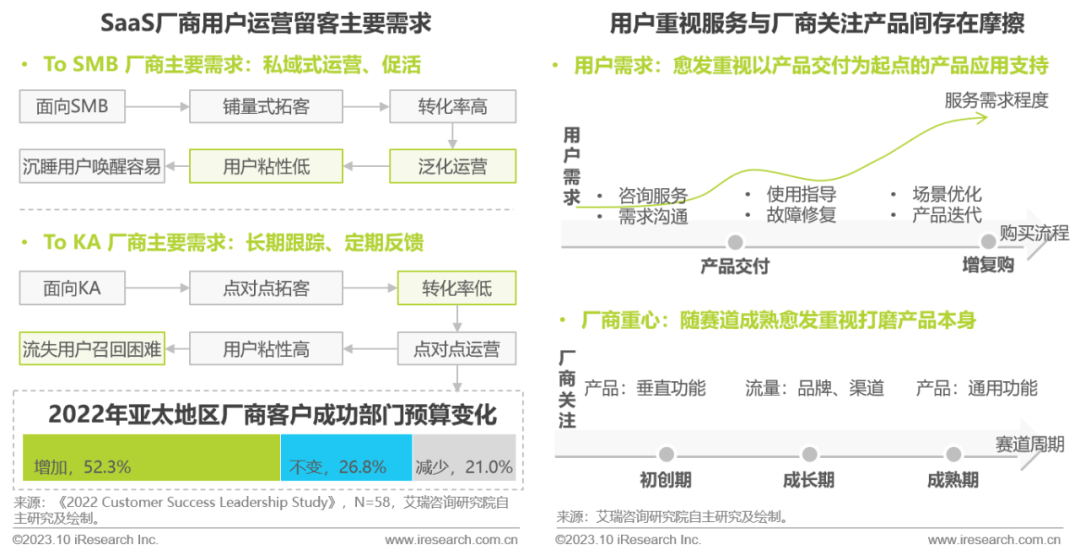
Development Difficulty 3: Contradictions between product innovation and users' requirements
With the intensification of market competition, SaaS manufacturers are faced with the tests of “low R&D rate of return, limited development capability, commercialization risks, and high sunk cost” as well as the growth of customers' demands.
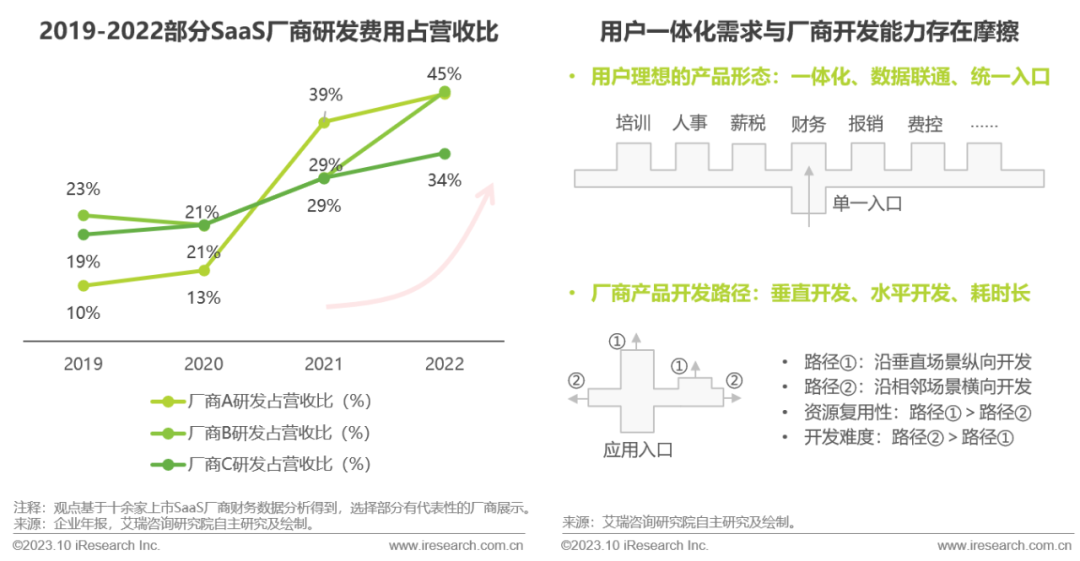
Solutions:
SaaS manufacturers should develop from the chain ecology of “developing along the industry chain” to the network ecology of “cross-coordinated development” and explore and utilize partners' resources to break through development obstacles.
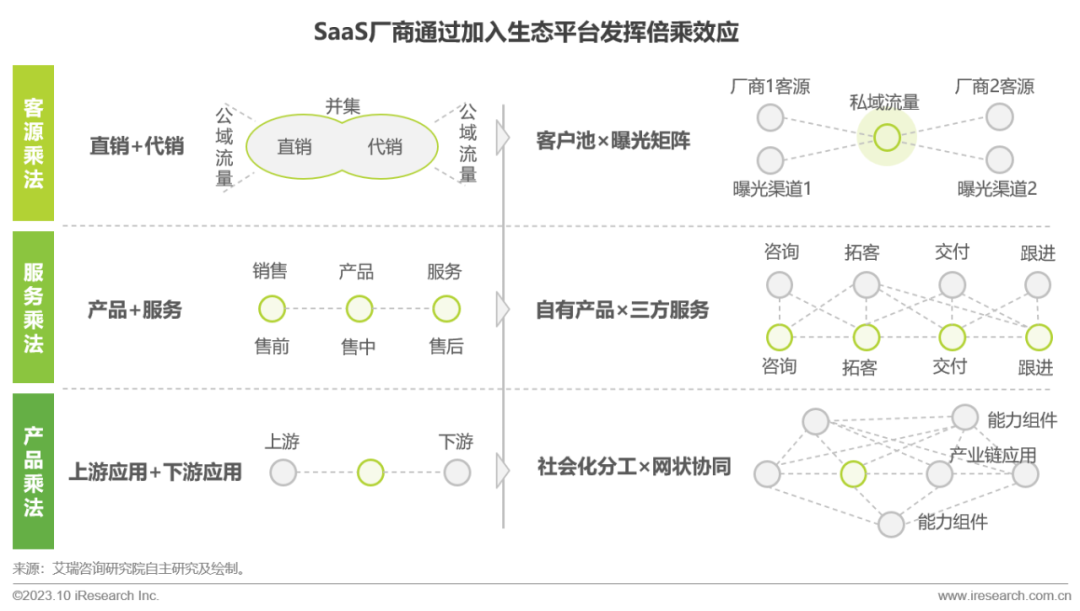
03
“Ecological Platform” Empowers Manufacturers' Commercial Success
SaaS ecological platform can provide a carrier for cooperation, exchange, and value mutual creation for SaaS manufacturers from different racetracks and at different scales and is a connector for manufacturers' resources and a laboratory for mutualistic symbiosis, which expands imagination space for product innovation and commercial success.
